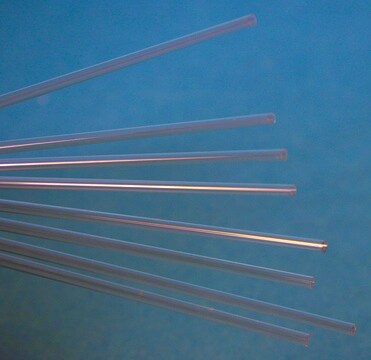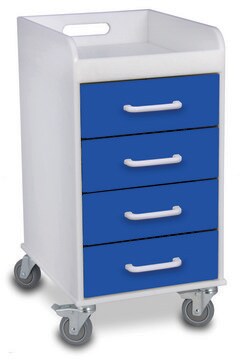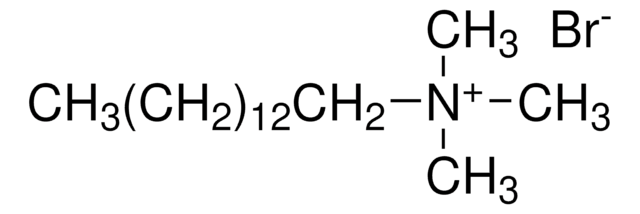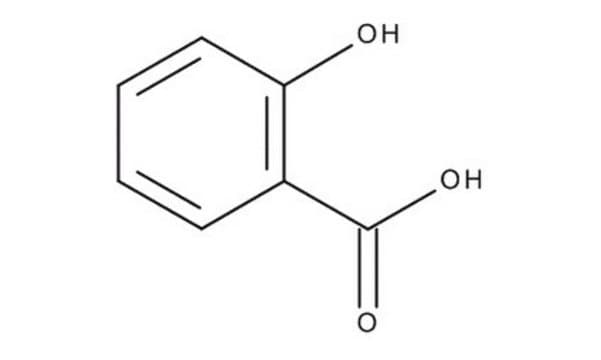ABC1451
Anti-PDGF-D
from rabbit
Synonym(s):
Platelet-derived growth factor D, Iris-expressed growth factor, Spinal cord-derived growth factor B, SCDGF-B
About This Item
Recommended Products
biological source
rabbit
antibody form
purified antibody
antibody product type
primary antibodies
clone
polyclonal
species reactivity
human
species reactivity (predicted by homology)
rabbit (based on 100% sequence homology)
packaging
antibody small pack of 25 μg
technique(s)
western blot: suitable
isotype
IgG
NCBI accession no.
UniProt accession no.
target post-translational modification
unmodified
Gene Information
human ... PDGFD(80310)
General description
Specificity
Immunogen
Application
Western Blotting Analysis: A representative lot detected PDGF-D in PBS exchanged condition media collected from LNCaP cells transfected with PDGF-D expression vector (Courtesy of Hyeong-Reh Choi Kim lab at Wayne State University).
Quality
Western Blotting Analysis: 2 µg/mL of this antibody detected PDGF-D in PBS exchanged condition media collected from LNCaP cells transfected with PDGF-D expression vector.
Target description
Physical form
Other Notes
Not finding the right product?
Try our Product Selector Tool.
Storage Class Code
12 - Non Combustible Liquids
WGK
WGK 2
Flash Point(F)
Not applicable
Flash Point(C)
Not applicable
Certificates of Analysis (COA)
Search for Certificates of Analysis (COA) by entering the products Lot/Batch Number. Lot and Batch Numbers can be found on a product’s label following the words ‘Lot’ or ‘Batch’.
Already Own This Product?
Find documentation for the products that you have recently purchased in the Document Library.
Our team of scientists has experience in all areas of research including Life Science, Material Science, Chemical Synthesis, Chromatography, Analytical and many others.
Contact Technical Service







